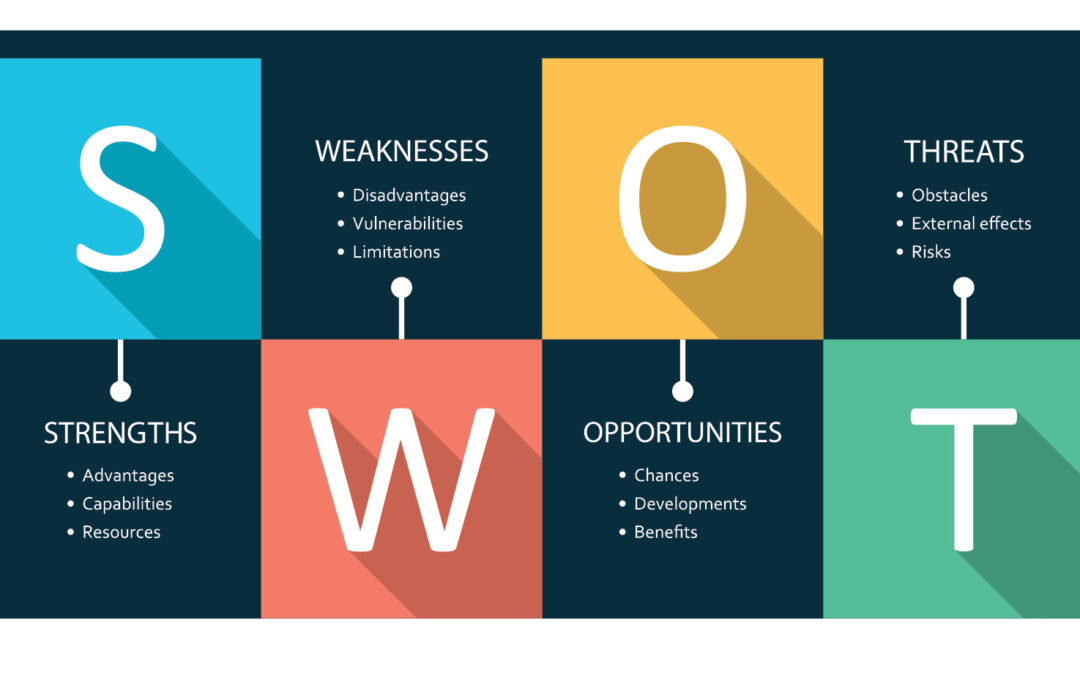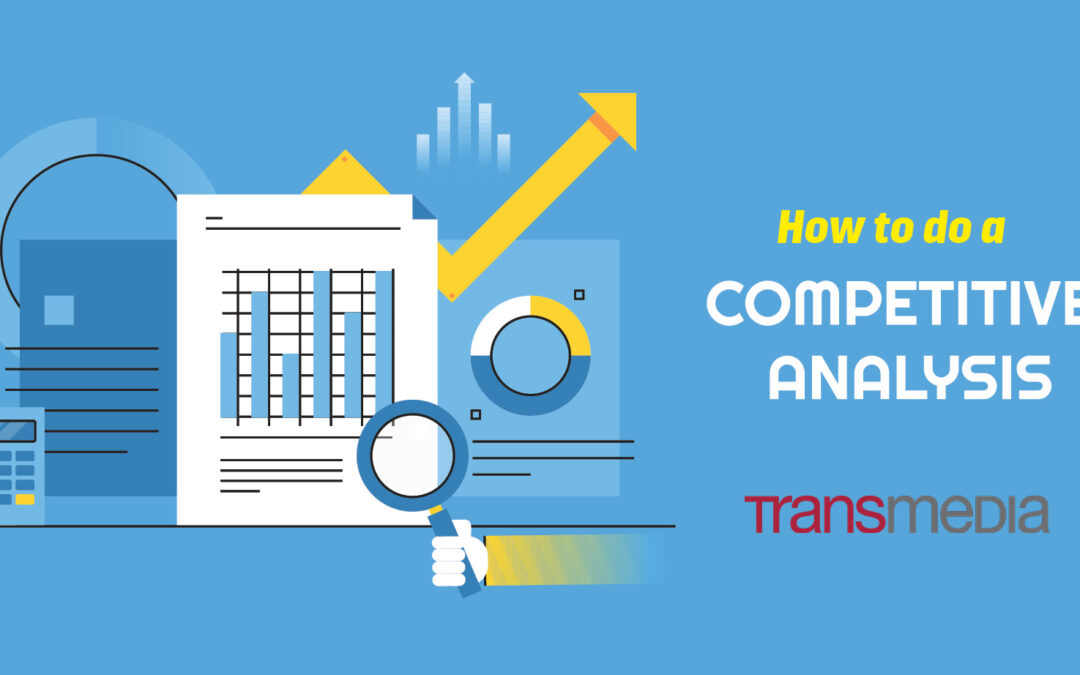
A SWOT analysis is a strategic planning tool. It is a useful for businesses of all sizes, as it can help you make better decisions about your products, marketing, and overall strategy.
The acronym SWOT stands for:
- Strengths: These are the things that your business does well. They could include your products, services, employees, or marketing strategies.
- Weaknesses: These are the areas where your business could improve. They could include your financial performance, customer service, or product development.
- Opportunities: These are the external factors that could help your business grow. They could include new markets, technological advancements, or changes in consumer behavior.
- Threats: These are the external factors that could harm your business. They could include competition, changes in regulations, or economic downturns.
To conduct a SWOT analysis, you will need to gather information about your business and the external environment. You can do this by conducting market research, talking to customers, and analyzing your financial data. Once you have gathered this information, you can start to identify your strengths, weaknesses, opportunities, and threats.
Once you have identified your SWOT factors, you can start to develop strategies to capitalize on your strengths, address your weaknesses, take advantage of opportunities, and mitigate threats. For example, if you have a strong brand, you could use this to launch new products or enter new markets. If you have a weak customer service department, you could invest in training or hire new staff.
A SWOT analysis is a valuable tool for businesses of all sizes. By taking the time to conduct a SWOT analysis, you can gain a better understanding of your business and the external environment. This will help you make better decisions about your products, marketing, and overall strategy.
Here are some additional tips for conducting a SWOT analysis:
- Be honest. When you are identifying your strengths and weaknesses, be honest with yourself. Don’t sugarcoat your weaknesses, as this will only hurt you in the long run.
- Be specific. When you are identifying your opportunities and threats, be specific. Don’t just say that there is a “threat” from competition. Instead, identify specific competitors and their strengths.
- Be timely. The SWOT factors that are important today may not be important tomorrow. Make sure to update your SWOT analysis on a regular basis.
A SWOT analysis is a simple but powerful tool that can help you improve your business.

A competitive analysis is the process of researching your competitors to learn more about their strengths, weaknesses, products, and marketing strategies. Done properly, a competitive analysis can provide data that informs your strategy and business decisions.
Here are the steps on how to do a competitive analysis:
- Define your goals. What do you hope to achieve? Do you want to identify new market opportunities? Do you want to learn from your competitors’ strengths and weaknesses? Once you know your goals, you can tailor your analysis accordingly.
- Determine what data you need to collect. What information do you need to know about your competitors? This could include their products, pricing, marketing strategies, customer base, and financial performance. Once you know what data you need, you can start collecting it.
- Identify your competitors. Who are your direct and indirect competitors? Direct competitors are businesses that sell the same products or services as you do. Indirect competitors are businesses that sell different products or services, but that compete for the same customers. Once you know who your competitors are, you can start researching them.
- Collect your data. There are a number of ways to collect data about your competitors. You can conduct online research, read industry publications, attend trade shows, and talk to customers. The more data you collect, the better informed your analysis will be.
- Analyze your data. Once you have collected your data, you need to analyze it. This involves identifying your competitors’ strengths, weaknesses, opportunities, and threats. You can use a SWOT (strength, weaknesses, opportunities and threats) analysis to help you with this.
- Use your findings to improve your business. Once you have analyzed your data, you can use your findings to improve your business. This could involve changing your products, pricing, marketing strategies, or customer service. The goal of a competitive analysis is to help you make better business decisions.
Here are some additional tips for doing a competitive analysis:
- Be objective. It is important to be objective when conducting a competitive analysis. Don’t let your personal biases influence your findings.
- Be thorough. The more thorough your analysis is, the more accurate it will be. Make sure to collect data from a variety of sources.
- Be timely. The competitive landscape is constantly changing. Make sure to update your analysis on a regular basis.
A competitive analysis can be a valuable tool for businesses of all sizes. By following these steps, you can conduct a thorough and objective analysis that will help you improve your business.




